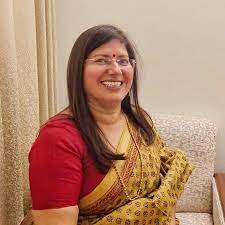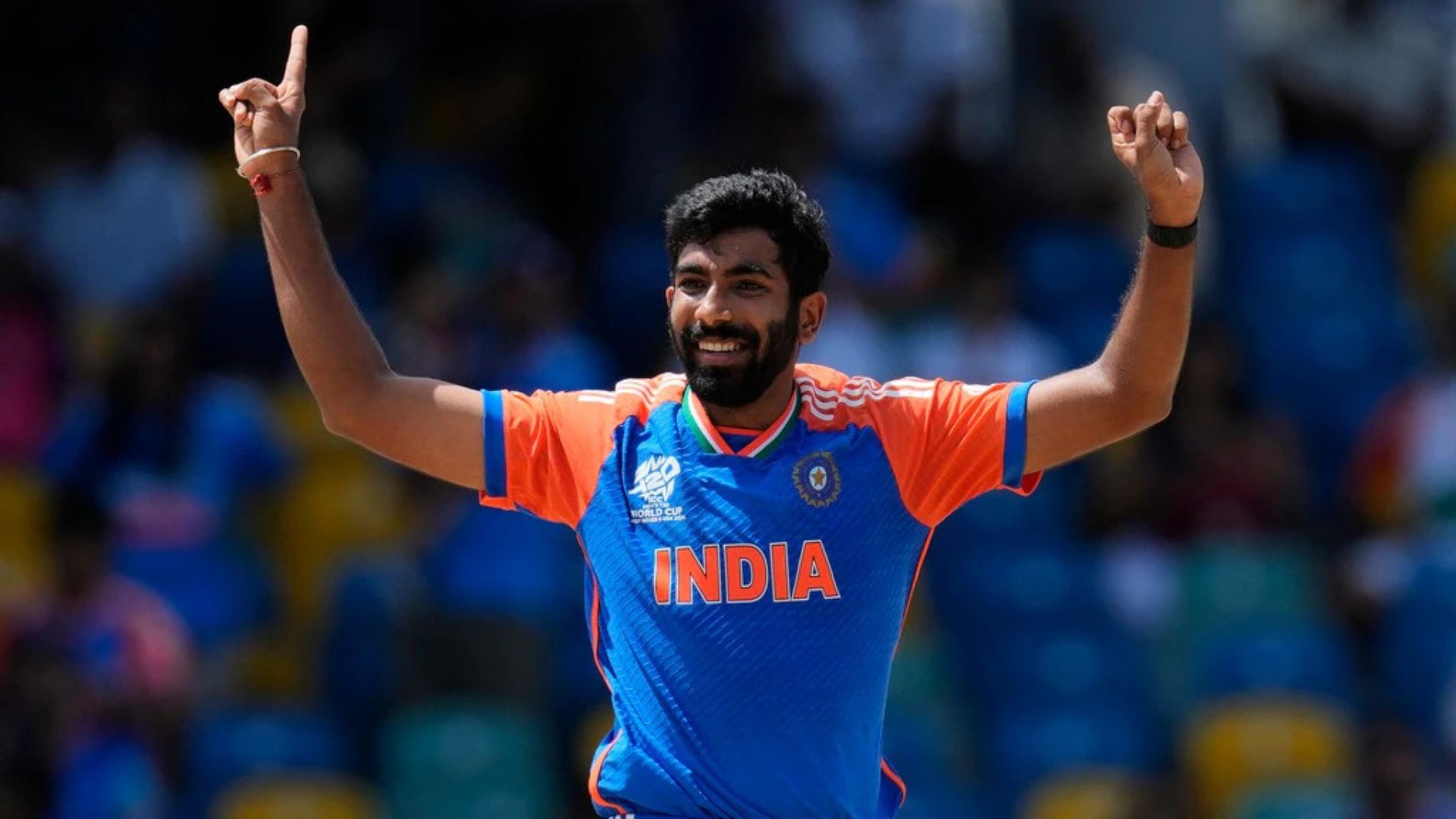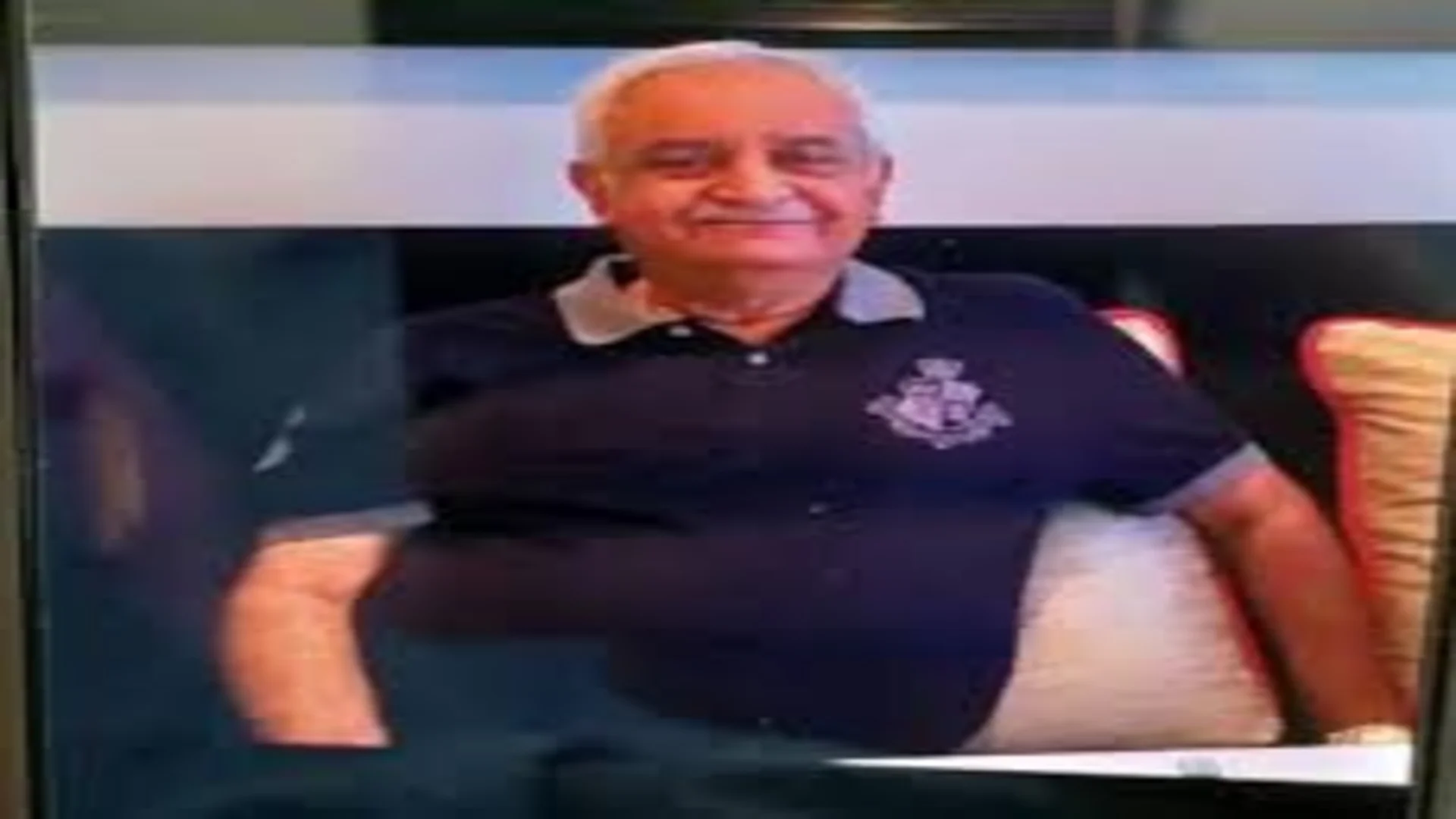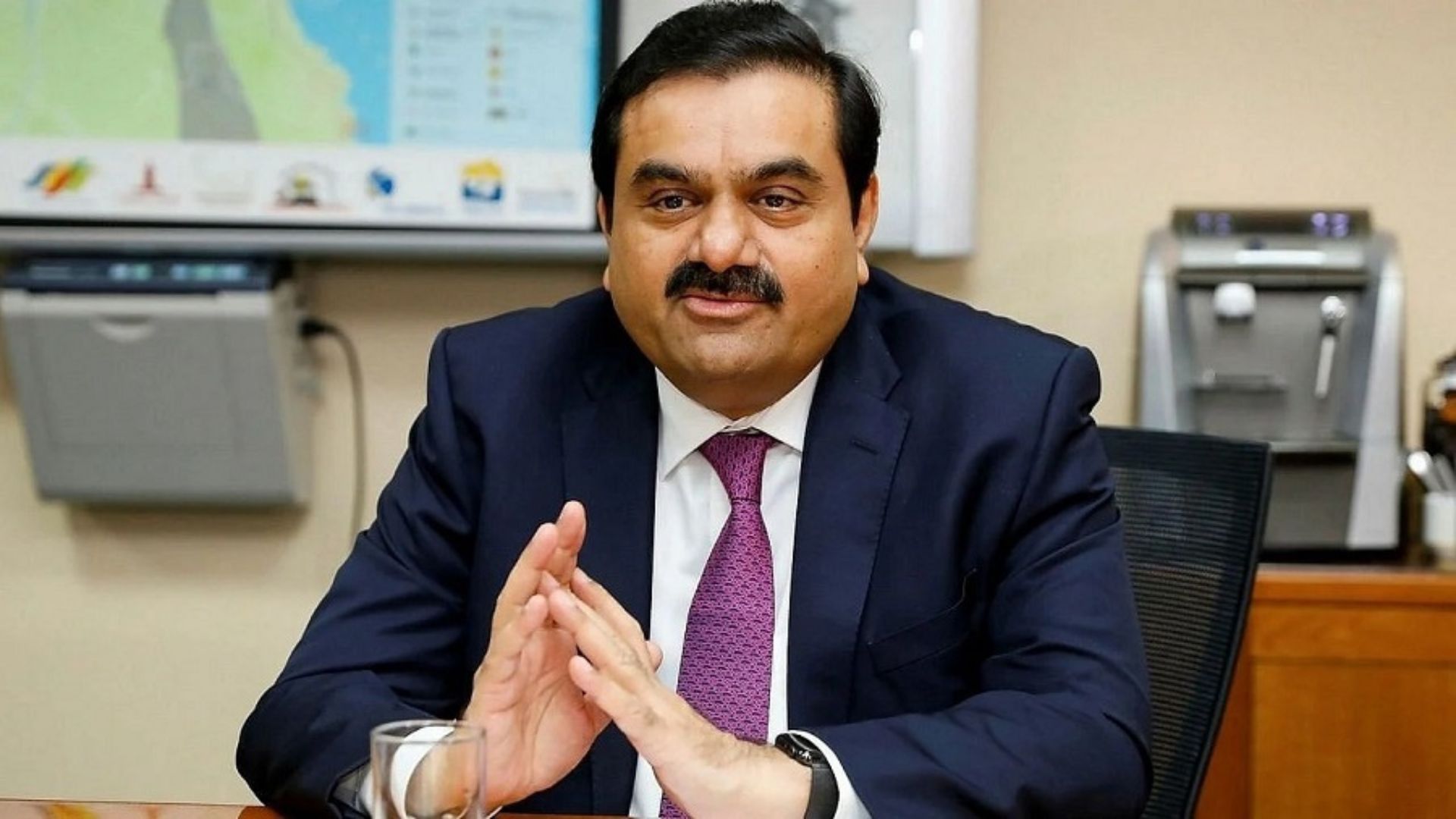Shovana Narayan is a recognised Indian Kathak dancer and a career officer with Indian Audit and Accounts Service. She has been awarded the Padma Shri. She trained under Birju Maharaj. In a candid conversation she gives insights on her journey as a noted Kathak artist. Excerpts:
Q. How did you become interested in Kathak dance, and what drew you to this particular style of dance?
A. From a very young age, between two and a half and three years old, I was introduced to the captivating world of Kathak dance. Born in Calcutta, my father’s posting at the time allowed me to explore this beautiful art form. While my family did not have a background in dance, they held a deep appreciation for classical arts, instilling in me a love for music, dance, and ancient scriptures like Bhagwat Gita, Ramayan, Mahabharata, Puraan, and Rig Veda. My mother, a highly accomplished individual herself, being a gold medalist in Hindi literature and a skilled Esraj player, recognized my boundless energy and desire to express myself. She took me to Sadhana Bose, a renowned dancer and actress in Calcutta. Despite my tender age, I amazed Sadhana Ji with my enthusiasm and determination. I kept insisting, “I want to dance more, I want to dance more,” leaving her astonished. Kathak soon became an inseparable part of my life, my soul, and my very breath. When my father’s job took us to Bombay, my mother ensured that I also learned Bharatnatyam alongside Kathak. While I ventured onto the stage in Bharatnatyam, my heart remained steadfastly devoted to Kathak, which had become an intrinsic part of my being.
Throughout my journey, Kathak has remained my lifelong passion, an art form that continues to inspire and fulfill me. Its mesmerizing rhythms, graceful movements, and expressive storytelling captivate my spirit and ignite a profound connection within me. Kathak has not only become my chosen path, but it has also become an integral essence of who I am as an artist and as an individual.
Q. Could you tell us about your training in Kathak dance, and how it has influenced your career as a dancer? Especially your association with Maharaj ji?
A. I received my training in three different locations. Firstly, I received my initial foundation in Tha, Thai, Thae and Tat from guru Sadhana Bose, a renowned dancer and actress, during the early 1950s. When my father was transferred to Bombay, I continued my training under guru Kundan Lal Sisodia, belonging to the Jaipur Gharana. He further built upon my foundation and provided me with a thorough understanding of rhythm and beautiful rhythmic patterns.
In 1962, when my father was transferred to Delhi, I began training under guru Birju Maharaj, who was a young artist at that time. I was among his early students, starting in 1964. Under his guidance, I learned the aesthetics of movement, which transformed my dance style. Birju Maharaj insisted that I refrain from stage performances for a couple of years to focus on mastering the grace and aesthetics of movement, known as Ang sanchalan. After this period, Birju Maharaj himself presented me in a performance in 1966-67. Prior to his performance, I had the opportunity to dance for the first half hour. He even did my makeup himself, and the costume was selected and purchased by my mother and the well-known thumri singer, Naina Devi. This launch was a significant milestone for me, and I am forever grateful to Birju Maharaj for his teachings and evolving dance style.
Q. How do you approach choreographing a new piece, and what are some of the challenges you face when creating a new work?
A. When approaching the choreography of a new piece, the initial step is to conceive the idea or seed of inspiration. This can come from personal experiences, poems, stories, or incidents that deeply affect me. As a Kathak dancer, I express my feelings and emotions through dance, so the idea must resonate with my innermost being. Once the idea starts germinating within me, I begin to contemplate various aspects of the choreography. I consider whether it should be a solo or a group performance, and I explore the use of text, music, and visuals. Music plays a significant role in my choreographies, and I work closely with music composers to create the appropriate compositions that align with my vision.
Challenges arise throughout the choreographic process. Some of these challenges include shaping the idea and representing it effectively, finding the right music composer, deciding whether to incorporate props or use symbolism, and addressing the technical aspects of the performance. Additionally, there may be challenges in choosing the appropriate costumes and addressing specific themes or subjects sensitively. One memorable performance in my career as a Kathak dancer was when I took up the subject of Buddha’s life in 1979, which was considered unconventional at the time. Similarly, in 1982, I addressed the issue of environment, which was not commonly explored in dance productions. These performances were significant because they touched upon subjects that were not widely discussed in the dance community. Another notable production was a piece on human rights in 1987. Dr. L.M. Singhvi, an eminent jurist and poet, challenged me to create a choreography on human rights. This production required collaboration with my mother, a social worker, and poet Girija Kumar Mathur. The challenge was to convey the essence of human rights through dance, and we successfully staged the production, receiving acclaim from audiences and critics alike.
Q. What advice would you give to aspiring Kathak dancers?
A. Embody your art with heartfelt dedication and unwavering sincerity. Embrace the transformative power of hard work and perseverance. Recognize and nurture both your strengths and weaknesses to achieve growth. Patience and a profound love for the art form are indispensable. Remember, true success requires a steadfast commitment and a willingness to overcome obstacles. Seek guidance from seasoned mentors to refine your craft.

Suman Doonga is an educationist and social worker with a passion to preserve and promote Indian art and culture.















